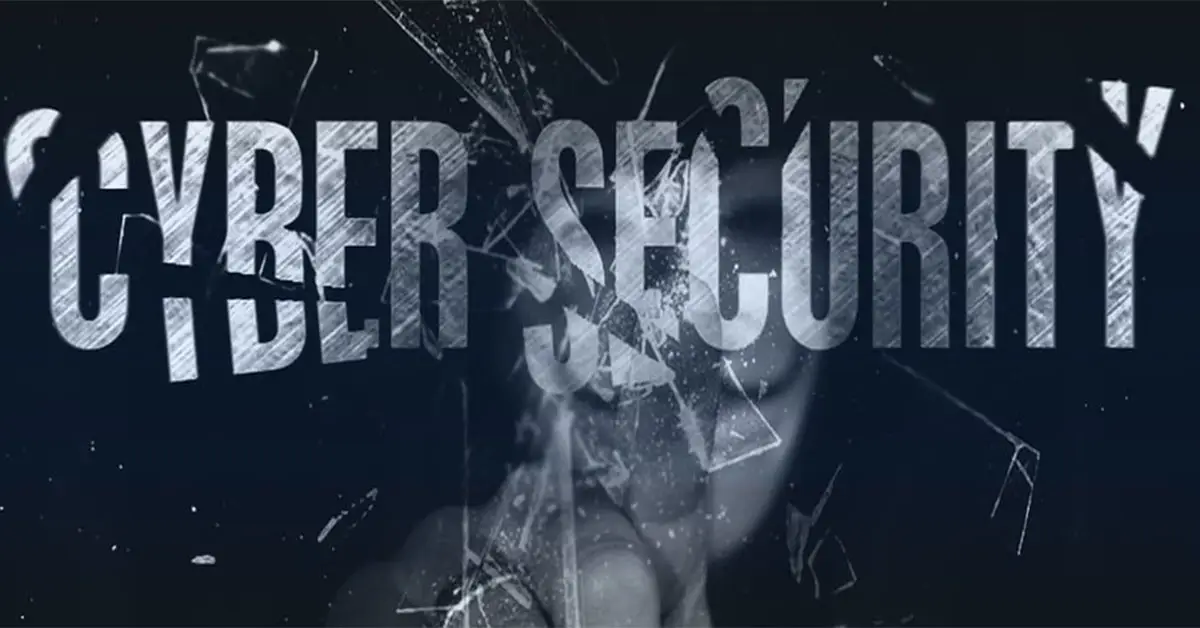There are so many important changes in the cybersecurity field to decipher. Where do you concentrate your efforts? Threats will include many tactics, including phishing attempts, distributed denial-of-service (DDoS) attacks, scanning of public-facing sites, exploitation of known and new vulnerabilities, alleged voter registration data leaks, and ransomware ChatGPT and other advanced language models.
Below you will find the major threats and warnings we will most likely experience in 2024.
- Quantum Threats on the Horizon: While the full potential of quantum computing is still a few years away, the need for organizations to assess potential risks is now primed for introductory discussions. Efforts are underway to develop both quantum-resistant technologies and deployable architectures. A clear focus on building quantum resistance is expected to gain significant traction in 2024. While the full eventuality of computer hacking is still on the horizon, the need for associations to assess implicit pitfalls is now primed for introductory conversations. Efforts are underway to develop both resistant technologies and deployable infrastructures. A clear focus on resistance is anticipated to gain significant traction in 2024.
- Rising Tides of Hacktivism: The events of 2023 suggest an implicit increase in hacktivism, particularly during major global events like the 2024 Paris Olympics. also, global conflicts and the U.S. Presidential Election could present further openings for similar exertion.
- Same Attacks, Same Success: Unfortunately, 2024 is likely to see a plethora of successful attacks against associations using familiar tactics. Despite multitudinous case studies warning of these attacks, numerous people online are failing to apply the information learned. Social engineering, word exercise, and lack of multi-factor authentication( MFA) remain common sins, fueling cybercrime in the coming year.
- Workforce Development with AI: Many small businesses are floundering with an incapability to attract and retain cybersecurity professionals. AI tools can add capabilities to traditional robotization tools. Perfecting the power of AI tools not only benefits the cybersecurity folks but empowers IT operations professionals to take on further cyber functions, especially in associations that do not have a devoted cybersecurity staff.
- Ransomware Attacks Grow Significantly: Ransomware attacks will become more common and easier for threat actors to launch. This increase will result in a greater impact on organizations of all sizes. Ransomware defense, remediation, and recovery plans should be on every business leader’s radar.
- Privacy and Personal Information Protection Concerns Rise: In a significant shift, more ransomware victims will report their attacks to the United Securities and Exchange Commission( SEC) and other nonsupervisory bodies. This development will be redefining incident response strategies, with an increased focus on translucency and legal compliance.
- Ransomware Continues to Evolve: In a significant shift, more ransomware criminals will report their attacks to the U.S. Securities and Exchange Commission (SEC) and other regulatory bodies when their victims fail to report the cyber attack. This tactic will be used as a means to pressure organizations into complying with ransom demands under the threat of public disclosure and potential regulatory consequences. This development will necessitate reevaluating incident response strategies, with an increased focus on transparency and legal compliance.
- Rise of AI in Social Engineering Attacks: The use of AI-generated content in phishing and social engineering attacks will rise. These sophisticated ways will make attacks more satisfying and harder to descry, as cybercriminals will produce largely realistic videotape and audio content to impersonate trusted individuals or produce fabricated scripts. This trend will challenge cybersecurity measures, pushing for advanced discovery tools and heightened mindfulness training among organizations to identify and combat these further nuanced pitfalls.
- Targeting of Cloud Service Providers: Most associations, including governments, have moved at least some information to the cloud. Indeed as the drive for sustained remote work has dropped in 2023, the business world has acclimated to further and further cloud-native services. With such an important structure counting on the uptime of the systems handled by a sprinkle of cloud service providers( CSP), these providers become juicy targets for cyber troublemakers concentrated on large-impact attacks. Indeed the perception of an attack on a CSP has wide-ranging consequences, and outages due to misconfigurations or other IT-centric issues that have nothing to do with a cyber attack can lead to fear and distrust. As a result, some hackers may claim responsibility to gain notoriety or sow disharmony in target communities.
- Move Toward Automated Understanding of Threats: The development of technology continues to outpace the speed of understanding. To help address this lack, numerous associations are likely to direct their security tools and capabilities that work automated processes to help or alleviate cyber pitfalls in real time. To implement further robotization, associations will need to apply more control over operations and take a further visionary part in confining unauthorized operations and services from running in their surroundings.
- Intersection of Cyber, Public Policy, and Economics: Over time there’s been an ongoing debate about making cyber security mandatory vs. voluntary, with the pendulum shifting in the current administration towards obligatory action. But there’s also a lot of instigation, especially among state governments, to incentivize( frequently through some kind of “ safe harbor ” provision) the enhancement of cyber defense.
- Activism and Cooperation by the U.S. Government: We’re seeing rising activism by the usual players in the U.S. government. What’s different is the shift towards further visible and direct action(e.g., The Joint Cyber Defense Collaborative, public leadership in major incident response, the Cyber Safety Review Board) and further systematized enterprise-position action(e.g., USG and DoD zero trust enterprise, nonsupervisory adjustment). And this includes more common,multi-agency bulletins, advisories, and guidance. These are healthy signs of recognition that we must face cyber problems as a public imperative with coordinated original action.
- Need for Focus on Burnout Among Cyber Professionals as well as Workforce Shortages: Collapse and the health of professionals will continue to be a concern in the face of ever-adding sophisticated pitfalls and arising technologies, unrealistic prospects, and the weight of responsibility to address times of inattention to cybersecurity. Organizations will need to develop strategies to reduce burnout, including the use of AI support, staffing and resourcing applicable to workload, heartiness programs, and setting realistic prospects for cyber places. In addition to combating collapse, new and innovative ideas will be necessary to address the continued pool deficit. More SLTT associations will exclude the need for a degree in favor of experience and/ or softer skills (problem-working, critical thinking, communication, etc.) Specialized skills can frequently be learned on the job. Fresh creative results, which are being seen, will include flexible and remote work arrangements, tapping traditional aspirants, uniting with advanced education on externship and training programs, and more competitive compensation and benefits packages.
- The Internet of Things (IoT) Evolving: The expanding Internet of Things (IoT) creates further openings for cybercrime. The Internet of Things refers to physical hotspots which connect to the Internet and share data. This includes wearable fitness trackers, smart refrigerators, smartwatches, and Amazon Echo and Google Home. It's estimated that by 2026, there will be 64 billion IoT installed around the world. The trend towards remote working is helping to drive this increase. This is changing the dynamics and size of what's occasionally called the cyber-attack face – that is, the number of implicit entry points for vicious cyber criminals. Compared to laptops and smartphones, IoT locations and devices have smaller processing and storehouse capabilities. This can make it harder to employ firewalls, antivirus, and other security operations to guard them. As a result, IoT attacks are among the largest cyber-attack trends.
In this age of accelerated digital transformation, cybercriminals are constantly looking for new ways to target and cause harm to individuals and organizations, which means cybersecurity issues continue to evolve. By the end of 2024, the cost of cyber attacks on the global economy is predicted to top $10.5 trillion. This staggering amount reflects the growing need for cyber security to be treated as a strategic priority on an individual, organizational, and governmental level.
Sources:
- https://usa.kaspersky.com/resource-center/preemptive-safety/cyber-security-trends
- https://www.keyfactor.com/blog/cybersecurity-predictions-for-2024-post-quantum-algorithms-iot-device-security-ai-and-more/
- https://www.forbes.com/sites/bernardmarr/2023/10/11/the-10-biggest-cyber-security-trends-in-2024-everyone-must-be-ready-for-now/





















Add comment